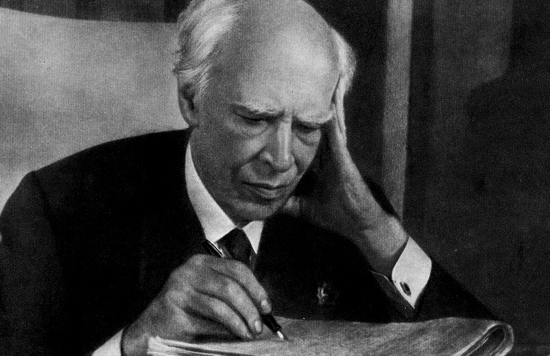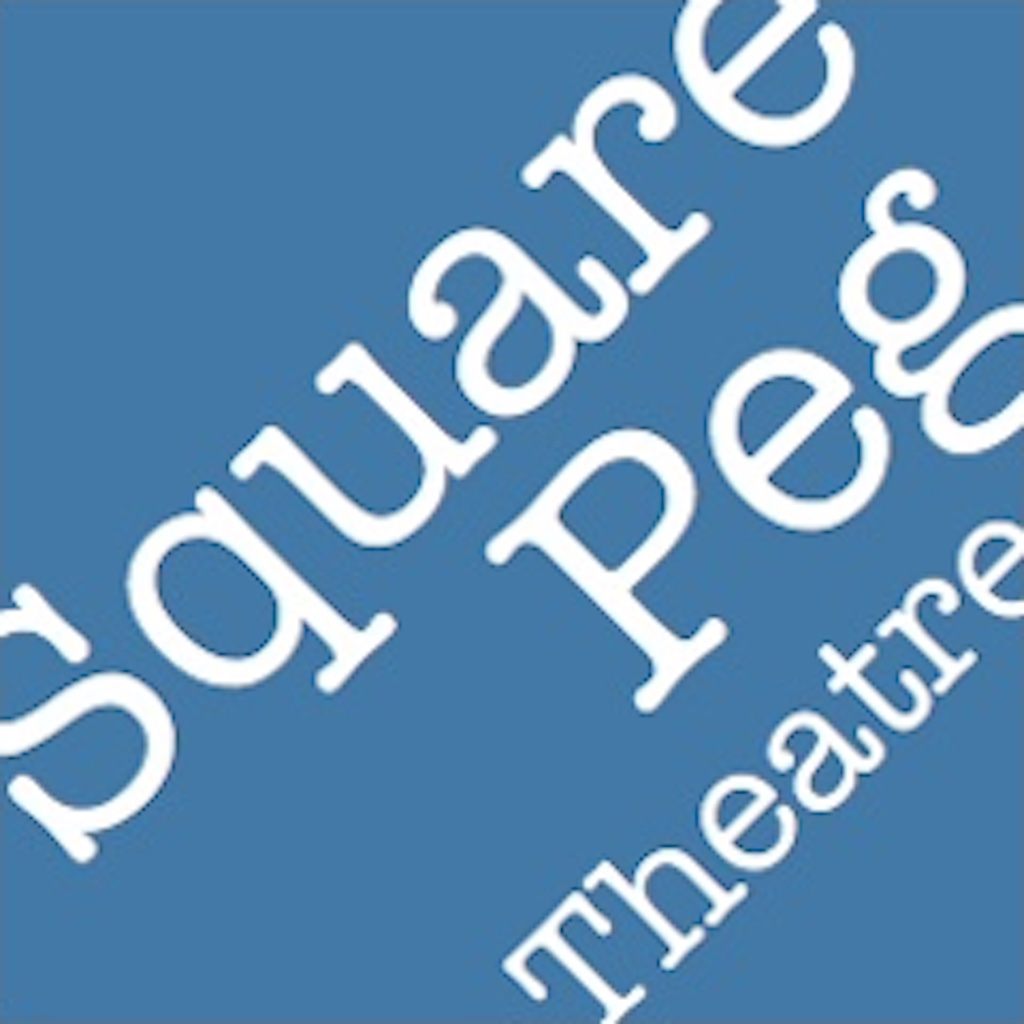We’re running a workshop in a few weeks (26th August) at WeWork Sheffield, called: Working Physically with Words.
But what does that mean: to work physically with words?
I dug out my old note book from school and found this quote from Philippe Gaulier on the first page:
To sell your own pain is dishonourable. Act. Have fun. Create another pain, not your own. We’re not prostitutes.
In some ways that’s what we mean when I think about working physically with text. The focus is on finding the play within and behind the words. We’re not trying to become the character. We’re trying to communicate to the audience what the character is thinking or feeling. The key here is communicate. Katie Mitchell recently said that the role of a director was to clearly communicate the story to the audience. Could we say that the actor’s job is to clearly communicate character? Yeah, I think we could.

So what are we trying to communicate? Psychology? Yeah, I think so. But that doesn’t mean we need to understand people’s actions. Iago offers no reason for destroying Othello, and it would weaken the play if he did. The actor could, and probably should have a reason for doing what he does and this might help them play the role. So when we talk about working physically with text it’s not a rejection of psychology.

Michael Checkhov and Stanislavsky both talk about the psychological gesture which is a fancy way of describing movements and actions that reveal our psychology, and in turn, how does this psychological desire inform our physical action? Perhaps Iago is jealous of Othello’s marriage, status, power. An interesting question might be what is the rhythm, tension, articulation of jealousy? What is the colour of jealousy? That green-eyed monster. What is the elemental property of jealousy? Is it like water, a shape-shifter, which at one moment can be calm and supportive and the next give way to a torrent of revenge? These are the abstract ideas that might underpin the text and inform the speech, posture, gait, movement. This is what I think we mean when we say working physically with text. It is a focus on revealing the subtext and clarity of a scene, moment, character through physical action.
Psychology is saying one thing and doing another.

And remember not everything you play as an actor will be psychological. When the young women of Salem are supposedly possessed by the devil in Arthur Miller’s The Crucible they contort and move and dance. The actor doesn’t play this from memory, how could you? As Gaulier said they have to create something in the moment and enjoy playing the part of the possessed. Their movements flick and twitch like a fire, and for me this is an example of how the abstract can inform movement. Nobody in the audience would know that the erratic possessed movements of Abigail Williams were inspired by the movements of fire, but it might give the actor something concrete to play with.
By creating movement from the outside-in we open up the actor to new techniques and choices, which can’t be a bad thing.
